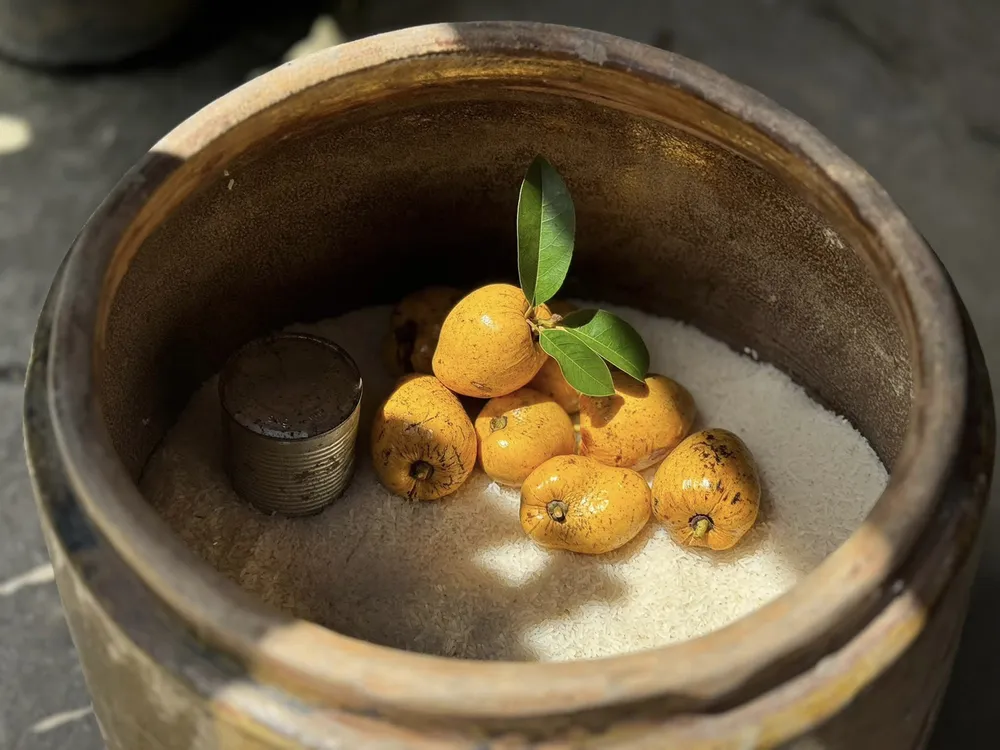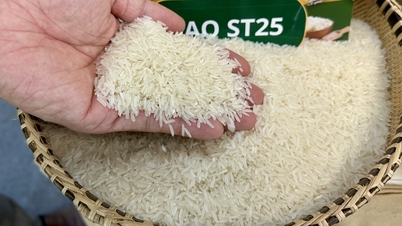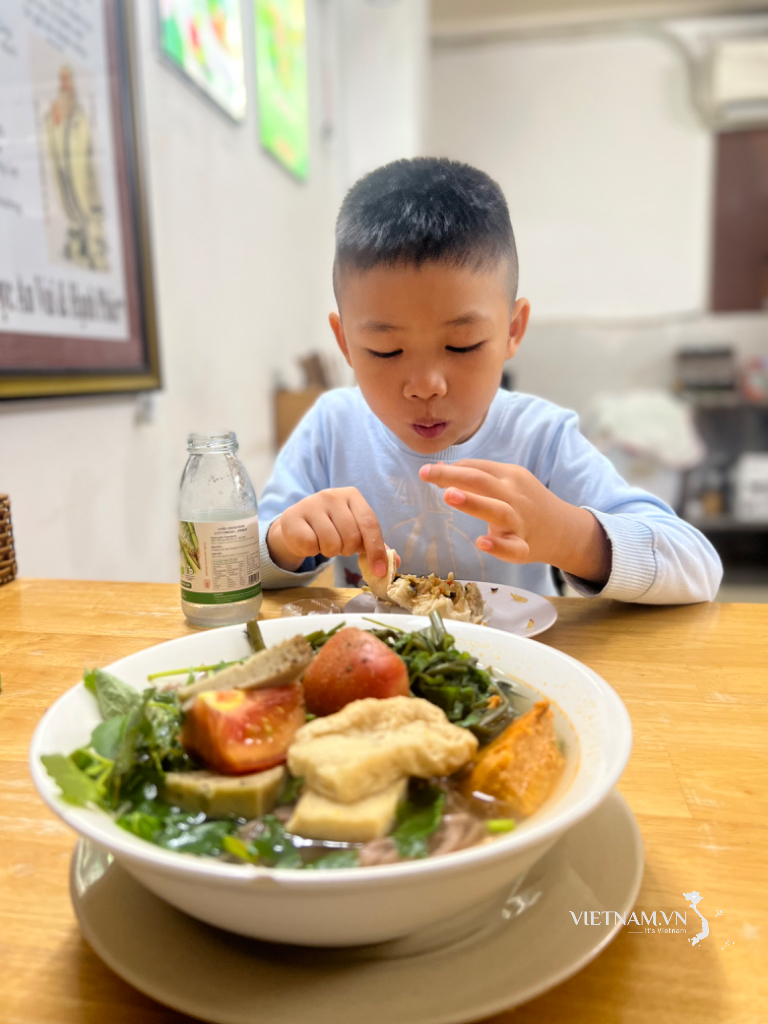Also made from clay and baked at high temperature, the jar is smaller than the water storage jar, usually used to store rice and ferment fish sauce. The rice jar is not only an essential item but also a feng shui item in the family, even though it only hangs around the kitchen. A meal of boiled vegetables and braised fish sauce is done, but if the jar still has rice to cook, the stomach is at ease. A folk concept for generations is that when scooping rice to cook, do not let the can touch the bottom of the jar to make a sound, and do not scrape the rice jar; more or less, there must be half a jar of rice left in the house, then the business will be successful.

Rice in the barn is still afraid of rats and insects coming to find it, but rice in the jar is not a worry. The rough appearance, sturdy structure, and heavy enough lid, no mouse can find it. Furniture in the house is afraid of dogs and cats, so the old people often have the trick "hang the dog, cover the cat", as for the rice in the jar, just cover the lid and leave it in a corner.
The rice jar is not only the mother's or sister's business, but also the children in the house, whether they are old enough to cook rice or not, also keep an eye on the rice jar, because the "savings" that mother often keeps in it. Every time she goes to a funeral, people bring back only a few cakes, or tangerines or oranges, mother often keeps them in the rice jar to give the children a little snack when they come home from school. If a family of five or seven people does not keep them in the jar, they will quickly run out. The rice jar is like a "secret warehouse", mother or grandmother coming back from a funeral often whispers to the children "I left cakes in the rice jar, come and eat them later".
Living in the fields, the vegetables and fruits around the house are also snacks for the children. Dad comes back from the fields and often picks a few old custard apples to put in the rice jar, after a few days they will be golden and fragrant. Or a few mangoes and custard apples that we pick just right, put in the rice jar for three days until they are evenly ripe, open the lid and smell the sweet aroma, it is so delicious. That little taste of home follows us as we grow up, and then when we return home, we often wait to hear the words "Mom still has some in the rice jar, you know". Or accidentally pick an unripe mango, quickly bring it home and put it in the rice jar and wait to hear the sweet aroma, to avoid regretting the effort Dad took to take care of it every day while the children impatiently pick the green fruit.
The pace of life is developing, along with the increasing needs and living standards of people, whether in urban areas or in the countryside. The rough, heavy rice jar has also given way to new, convenient options that people now call smart rice bins, designed with lids to take and measure rice according to the cook's wishes... And there is no shortage of choices of delicious, sweet fruits cut in advance, eaten immediately instead of having to wait in the rice jar, waiting every day. But going through the simple childhood, in the myriad of twists and changes, no matter what form it appears in, the image of the rice jar always contains a family love, a way of life to know how to cherish and save that generations of grandparents and parents have taught the children in the house.
Source: https://www.sggp.org.vn/con-trong-khap-gao-post806646.html




![[Photo] Ca Mau "struggling" to cope with the highest tide of the year, forecast to exceed alert level 3](https://vphoto.vietnam.vn/thumb/1200x675/vietnam/resource/IMAGE/2025/11/04/1762235371445_ndo_br_trieu-cuong-2-6486-jpg.webp)
![[Photo] Ho Chi Minh City Youth Take Action for a Cleaner Environment](https://vphoto.vietnam.vn/thumb/1200x675/vietnam/resource/IMAGE/2025/11/04/1762233574890_550816358-1108586934787014-6430522970717297480-n-1-jpg.webp)
![[Photo] Panorama of the Patriotic Emulation Congress of Nhan Dan Newspaper for the period 2025-2030](https://vphoto.vietnam.vn/thumb/1200x675/vietnam/resource/IMAGE/2025/11/04/1762252775462_ndo_br_dhthiduayeuncbaond-6125-jpg.webp)
![[Photo] The road connecting Dong Nai with Ho Chi Minh City is still unfinished after 5 years of construction.](https://vphoto.vietnam.vn/thumb/1200x675/vietnam/resource/IMAGE/2025/11/04/1762241675985_ndo_br_dji-20251104104418-0635-d-resize-1295-jpg.webp)





































































































Comment (0)